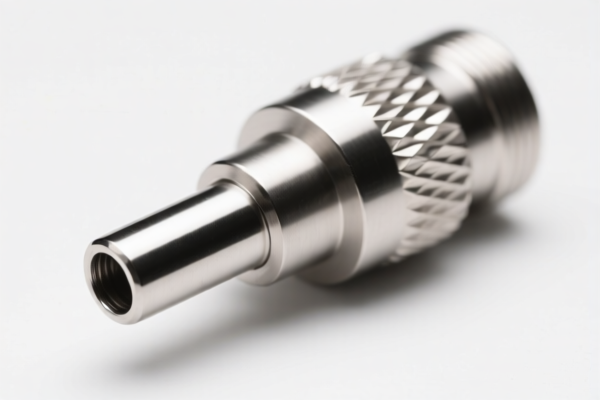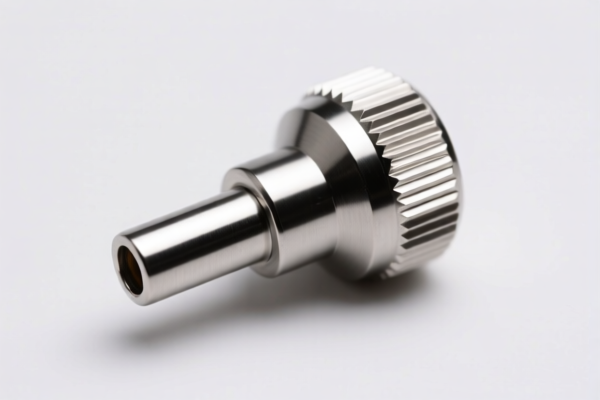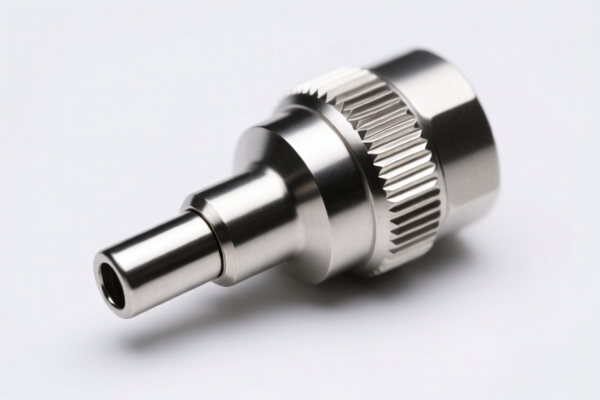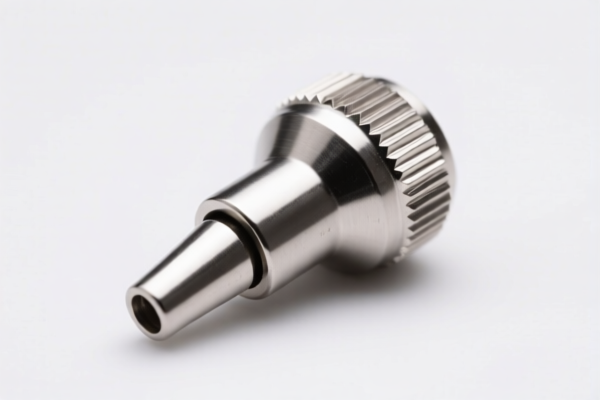Found 11 matching results
(CN → US)
| HS Code | Official Doc | Tariff Rate | Origin | Destination | Effective Date |
|---|---|---|---|---|---|
| 7326908688 | Doc | 82.9% | CN | US | 2025-05-12 |
| 7326908688 | Doc | 82.9% | CN | US | 2025-05-12 |
| 7325995000 | Doc | 82.9% | CN | US | 2025-05-12 |
| 7325991000 | Doc | 80.0% | CN | US | 2025-05-12 |
| 7419800900 | Doc | 58.0% | CN | US | 2025-05-12 |
| 7419805050 | Doc | 55.0% | CN | US | 2025-05-12 |
| 7418100002 | Doc | 40.5% | CN | US | 2025-05-12 |
| 7418100025 | Doc | 40.5% | CN | US | 2025-05-12 |
| 8424909080 | Doc | 80.0% | CN | US | 2025-05-12 |
| 8487900080 | Doc | 83.9% | CN | US | 2025-05-12 |
| 8487900040 | Doc | 58.9% | CN | US | 2025-05-12 |




Metal Nozzle
A metal nozzle is a component designed to control and direct the flow of a fluid, typically a liquid, gas, or particulate matter. Its construction from metal provides durability, precision, and resistance to high temperatures and pressures.
Material
Common metals used in nozzle construction include:
- Stainless Steel: Offers excellent corrosion resistance and is suitable for a wide range of applications, particularly in food processing, chemical industries, and medical equipment. Grades 304 and 316 are frequently employed.
- Brass: Provides good machinability and corrosion resistance, often used in low to moderate pressure applications like garden hoses and spray nozzles.
- Aluminum: Lightweight and offers good thermal conductivity, making it suitable for applications where heat dissipation is important.
- High-Speed Steel (HSS): Used in nozzles requiring high wear resistance, such as those used in abrasive blasting or cutting applications.
- Titanium: Offers exceptional strength-to-weight ratio and corrosion resistance, employed in aerospace and high-performance applications.
- Specialty Alloys: Inconel, Hastelloy, and other alloys are utilized for extreme environments involving high temperatures, corrosive chemicals, or high pressures.
Purpose
The primary purposes of a metal nozzle are:
- Flow Control: Regulating the volume and rate of fluid discharged.
- Directional Control: Directing the fluid stream with accuracy.
- Pressure Regulation: Maintaining or adjusting the pressure of the fluid flow.
- Atomization/Spray Pattern: Breaking down a liquid into fine droplets for spraying or coating applications.
- Mixing: Facilitating the mixing of fluids.
Function
Metal nozzles function based on principles of fluid dynamics, including:
- Bernoulli's Principle: Reducing the nozzle’s cross-sectional area increases fluid velocity and decreases pressure.
- Venturi Effect: Constricting the flow path to accelerate the fluid.
- Laminar vs. Turbulent Flow: Nozzle design impacts the flow regime, affecting spray pattern and efficiency.
- Swirl Technology: Incorporating swirl vanes to create a rotating flow, enhancing mixing or spray atomization.
Usage Scenarios
Metal nozzles are employed across diverse industries:
- Industrial Spraying: Coating, painting, lubrication, cooling.
- Fluid Dispensing: Precise application of liquids in manufacturing, laboratory settings, and chemical processing.
- Cleaning: High-pressure water jetting, parts washing, surface preparation.
- Fire Suppression: Delivering water or foam for firefighting.
- Fuel Injection: Atomizing fuel for internal combustion engines.
- 3D Printing: Extruding molten materials in fused deposition modeling (FDM) and other additive manufacturing processes.
- Aerospace: Rocket engine nozzles, fuel nozzles, and cooling systems.
- Agriculture: Irrigation, pesticide spraying, fertilizer application.
Common Types
- Straight Nozzle: Simplest design, providing a focused stream.
- Fan Nozzle: Creates a wide, flat spray pattern.
- Hollow Cone Nozzle: Produces a circular spray pattern with a hollow center.
- Full Cone Nozzle: Generates a solid cone-shaped spray.
- Spiral Nozzle: Creates a swirling spray pattern for enhanced mixing or cleaning.
- Adjustable Nozzle: Allows for varying spray patterns or flow rates.
- Air Atomizing Nozzle: Uses air pressure to break down liquids into fine droplets.
- Multi-Jet Nozzle: Features multiple orifices for wider coverage or complex spray patterns.
- Pin Nozzle: Used in precision dispensing and microfluidic applications.
Based on the provided information, “metal nozzle” can be classified under several HS codes, depending on the material and specific application. Here's a breakdown:
- 7326908688: This code covers “Other articles of iron or steel: Other: Other: Other: Other”. The total tax rate is 82.9%, comprised of a 2.9% base tariff, a 25.0% additional tariff, and a 30.0% additional tariff applicable after April 2, 2025, with a further 25% additional tariff for steel and aluminum products. This would apply if the nozzle is made of iron or steel.
- 7419800900: This code covers “Other articles of copper: Other: Cloth (including endless bands), grill and netting, of copper wire; expanded metal of copper: Other”. The total tax rate is 58.0%, consisting of a 3.0% base tariff and a 25.0% additional tariff, with a 30.0% additional tariff applicable after April 2, 2025. This applies if the nozzle is made of copper.
- 7418100002: This code covers “Table, kitchen or other household articles and parts thereof, of copper; pot scourers and scouring or polishing pads, gloves and the like, of copper; sanitary ware and parts thereof, of copper: Table, kitchen or other household articles and parts thereof; pot scourers and scouring or polishing pads, gloves and the like Pot scourers and scouring or polishing pads, gloves and the like: Of copper-zinc base alloys (brass)”. The total tax rate is 40.5%, consisting of a 3.0% base tariff and a 7.5% additional tariff, with a 30.0% additional tariff applicable after April 2, 2025. This applies if the nozzle is made of brass (copper-zinc alloy).
- 8424909080: This code covers “Mechanical appliances (whether or not hand operated) for projecting, dispersing or spraying liquids or powders; fire extinguishers, whether or not charged; spray guns and similar appliances; steam or sand blasting machines and similar jet projecting machines; parts thereof: Parts: Other Other”. The total tax rate is 80.0%, consisting of a 0.0% base tariff and a 25.0% additional tariff, with a 30.0% additional tariff applicable after April 2, 2025, with a further 25% additional tariff for steel and aluminum products. This applies if the nozzle is a part of a mechanical spraying appliance.
Important Considerations:
- The applicable tariff rates are subject to change, particularly after April 2, 2025, as indicated in the reference material.
- For HS code 7326908688 and 8424909080, please note the additional 25% tariff applicable to steel and aluminum products.
- The material composition of the nozzle is crucial for accurate classification.
Customer Reviews
No reviews yet.